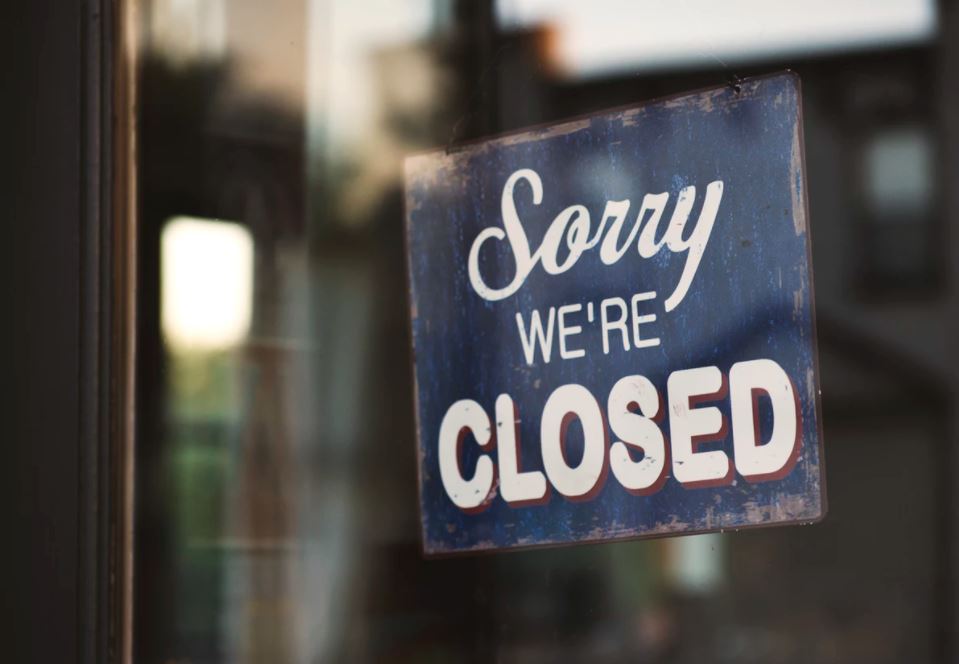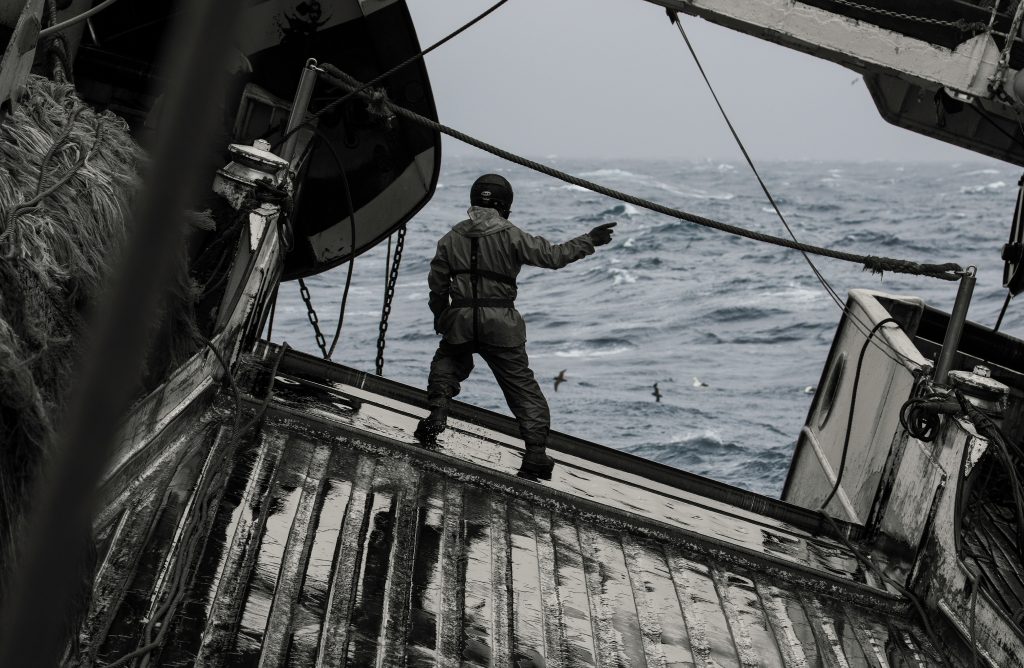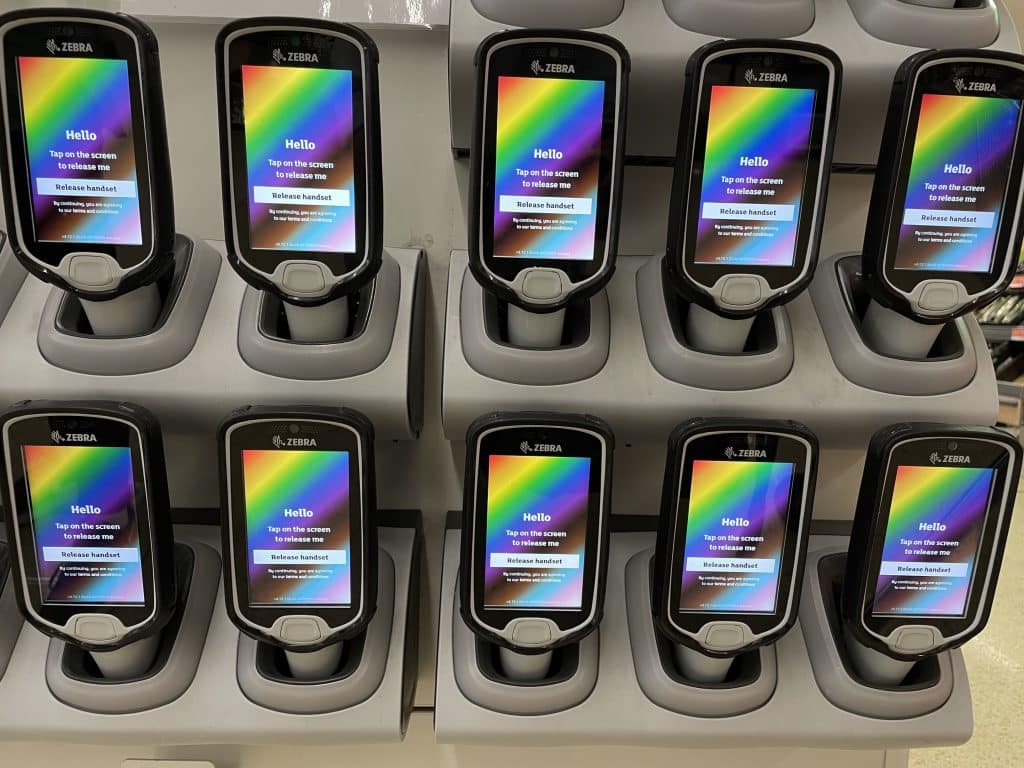In February, Kentucky Fried Chicken started working with a new “delivery partner”. Now, usually, most people wouldn’t care about this, but then hundreds of KFC branches closed down temporarily because they ran out of chicken and, well, a lot of people started to care.
The Colonel is working on it. pic.twitter.com/VvvnDLvlyq
— KFC UK & Ireland (@KFC_UKI) February 17, 2018
Both KFC and its new delivery partner, DHL, started to get torn apart on social media with many people expressing their issues with the delivery company. What was a frantic time for the brand turned into a great case study of how to handle a crisis.
But there are still lessons that other brands learn.
Lesson one: prepare for the worst
A business decision – such as switching suppliers – may make sense, but what’s the worst thing that could happen as a result? Before making major decisions, it’s a good idea to prepare for the worst by looking at previous crises and simulating how your brand would respond if it found itself in a similar situation.
For example, a few days after the crisis, the GMB union went to the media. It had warned KFC “months ago” that switching to DHL would cause delivery problems. KFC had a long-standing relationship with a specialist food delivery company – Bidvest Logistics – but it was choosing to switch to DHL. As the Guardian reported, Bidvest operated out of six warehouses, while DHL has one distribution centre in Rugby.
The GMB also provided an example of what could happen if KFC made the switch.
“We warned them a few months ago. I wrote to KFC. I alluded to Burger King trying to cut costs and ending up with poorer quality service and poorer distribution. They had shortages, too, but not on the scale we’re seeing now at KFC. Within six months they were pleading with Bidvest Logistics to take it back.” – Mick Rix, GMB
Lesson two: communicate clearly with external and internal stakeholders during the crisis
Vague language can raise more questions. In a franchise business, like KFC, the brand speaks for their franchisees – making it even more important to know how they run their branch. In the case of KFC, many branches ordered stock just as they were running out, but this wasn’t accounted for when switching to the new logistics software. The ordering process didn’t carry over correctly, leaving the local franchises with no stock until the delivery firm got around to the order.
There was also confusion when it came to communication with customers.
Many frustrated people on social media wondered why someone couldn’t just pop out and buy chicken from somewhere else, but if they did that, it wouldn’t be KFC chicken (although Buzzfeed did report that some KFC staff were seen trying to buy chicken from local butchers).
One of the problems with having a popular brand that operates a franchise business lies in making customers understand that while some business decisions are made by the local branch, others – like where the food is sourced – are made at a higher level.
The media also wanted to know how the branch closures would affect those who work at KFC. A spokesperson told The Huffington Post that their salaried employees would be paid as normal, while those paid hourly would be paid on the average hours they had worked over the previous 12 weeks. (Staff were also being encouraged to take holiday leave, or being given alternative tasks.)
However, the spokesperson went on to say:
“Franchisees are seeking their own independent advice; however, the majority are following similar policies to cover hours, so we believe that the vast majority of franchisee team members are being paid at this time.”
The language here – “we believe”, “similar policies” and “vast majority” – is interesting and raises questions about how much control a brand has over how its franchisees operate.
It’s especially important that there’s a single, clear and consistent message being shared by the brand during a crisis.
Lesson three: admitting mistakes and taking action to prevent similar problems in the future
KFC did a great job of apologising for the situation and taking its customers complaints seriously. From taking out full-page apology ads in newspapers, to creating websites that allowed people to check whether the store they wanted to visit was open, KFC did all that it could to keep people updated about the situation.
It’s clear that KFC understands its customers and knows what they expect from, and love about, the brand.
KFC apologises with a full page ad in today's Metro. A masterclass in PR crisis management.#KFCCrisis pic.twitter.com/ZF4SfAuHl5
— Andrew Bloch (@AndrewBloch) February 23, 2018
KFC has seen sentiment improve because it responded to the crisis professionally and even switched back to its original logistics partner once it was clear that it was the better solution.
Businesses, especially ones that operate a franchise system, need to examine the KFC crisis and think about what they could do to prevent similar problems from impacting their brands. What are the worst-case scenarios? How would their teams respond to an outraged customer-base? How will they ensure that the brand’s messaging is clear and consistent? These answers are much better worked out before a real crisis hits.
As Andy Nairn said in Campaign, it’s likely that customers viewed the KFC crisis as a genuine mistake, rather than a delebarate breach of trust, especially as KFC was so fast in fixing the problem. If a brand can maintain trust through a crisis, it has a much better chance of making a quick recovery.
–
Featured image by Tim Mossholder on Unsplash








